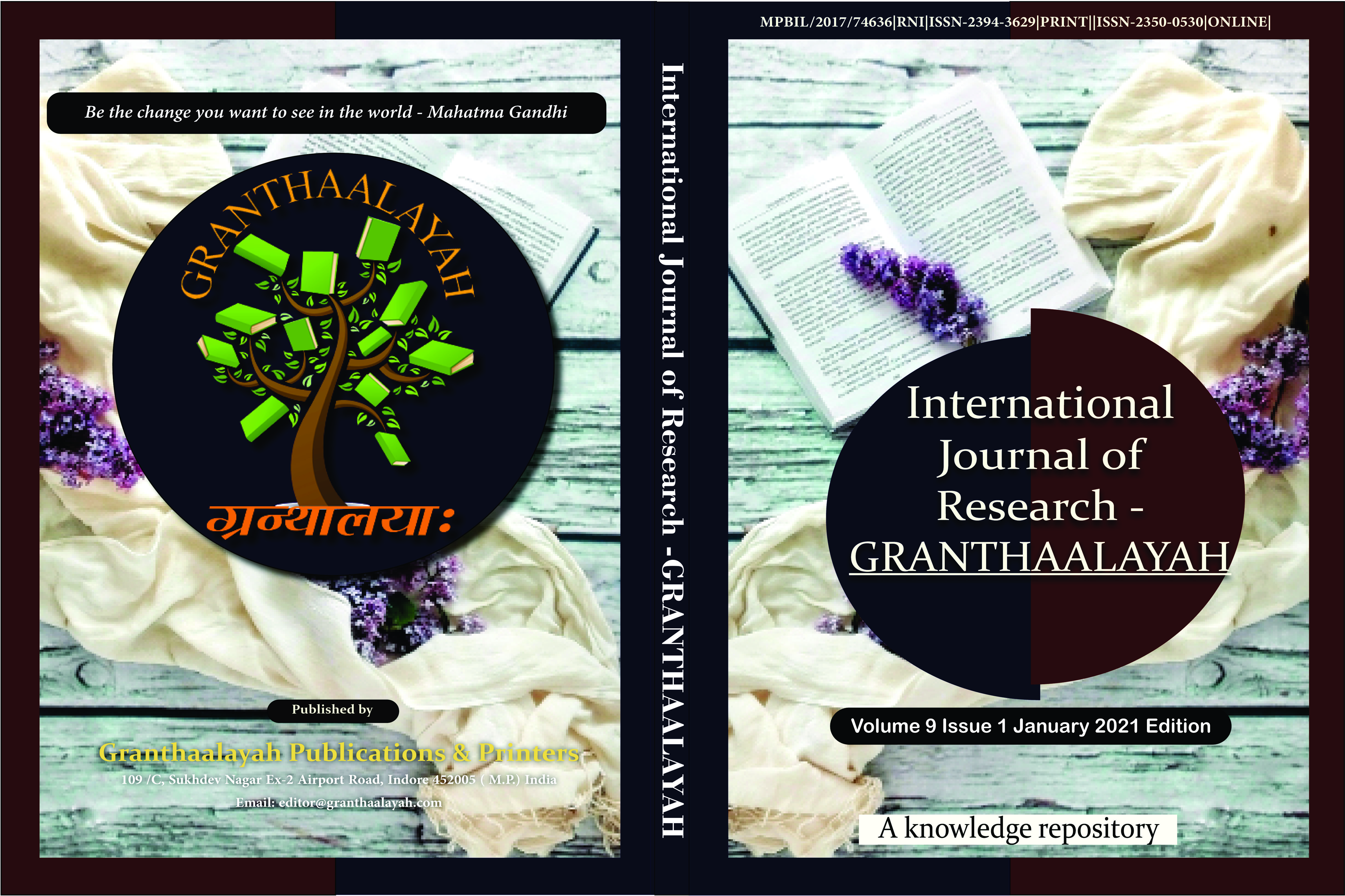MECHANICAL CHARACTERIZATION OF PA 12 AND HDPE PIPES BEFORE AND AFTER AGING IN WATER AT TWO DIFFERENT TEMPERATURES
DOI:
https://doi.org/10.29121/granthaalayah.v9.i1.2021.2973Keywords:
HDPE, PA12, Aging, Mechanical Behavior, Glass Transition TemperatureAbstract [English]
Polymer pipes are being widely used by many industrial segments. Although not affected by corrosion, the mechanical performance of these pipes can be reduced due to exposure to temperature, UV radiation and by contact with various fluids. Depending on the deterioration process, embrittlement or plasticization may occur, and the service life of the pipe can be severely reduced. In this work, the combined action of temperature and water upon the mechanical performance of polyamide 12 and high-density polyethylene pipes is evaluated. Destructive and non-destructive techniques were used and the performance of both materials was compared. Both polymers were platicized by the effect of water. However, for high density polyethylene the effect of temperature was more relevant than for polyamide. This behavior was attributed to the dependence of the free volume with the markedly different glass transition temperature of the polymers and the temperatures of testing.
Downloads
References
Radoszewski T. Plastic Pipe – Where Past Is Prelude, Pipeline & Gas Journal 241 (12), 2014. Available at https://pgjonline.com/2014/12/17/plastic-pipe-where-past-is-prelude/
Walter RK, Lin P-H, Edwards M, Richardson RE. Investigation of factors affecting the accumulation of vinyl chloride in polyvinyl chloride piping used in drinking water distribution systems, Water Research, 45, 2011, 2607-2615. DOI: https://doi.org/10.1016/j.watres.2011.02.016
Mark JE. Polymer Data Handbook, 1st edition. Oxford: Oxford University Press; 1999.
Hernández JLM, d’Almeida JRM. Aging of polyamide 12 in oil at different temperatures and pressures, Polymers for Advanced Technology, 28, 2017, 1778–1786. DOI: https://doi.org/10.1002/pat.4061
Wright D. Failure of Plastics and Rubber Products - Causes, Effects and Case Studies Involving Degradation, 1st edition. Shrewsbury: Rapra Technology Limited; 2001.
Zhou ZW, Chudnovsky A, Niu X, Stivala SS. Failure of polybutylene pipes in potable water applications. Case study. Proceedings of Antec 96, Volume III, Conference Proceedings, Indianapolis, 1996, p.3265-3269.
Zhou J, Lucas JP. Hygrothermal effects of epoxy resin. Part I: the nature of water in epoxy, Polymer, 40, 1999, 5505–5512. DOI: https://doi.org/10.1016/S0032-3861(98)00790-3
de Silva CW. Vibration damping, control and design. Boca Raton: Taylor & Francis; 2007. DOI: https://doi.org/10.1201/9781420053227
Bouvet G, Dang N, Cohendoz S, Feaugas X, Mallarino S, Touzain S. Impact of polar groups concentration and free volume on water sorption in model epoxy free films and coatings, Progress in Organic Coatings, 96, 2016, 32–41. DOI: https://doi.org/10.1016/j.porgcoat.2015.12.011
Sammon C, Yarwood J, Everall N. A FTIR–ATR study of liquid diffusion processes in PET films: comparison of water with simple alcohols, Polymer, 41, 2000, 2521–2534. DOI: https://doi.org/10.1016/S0032-3861(99)00405-X
Ebewele RO. Polymer Science and Technology. Boca Raton: CRC Press; 2000. DOI: https://doi.org/10.1201/9781420057805
Hancock BC, Zografi G. The relationship between the glass transition temperature and the water content of amorphous pharmaceutical solids, Pharmaceutical Research, 11, 1994, 471-477. DOI: https://doi.org/10.1023/A:1018941810744
Gobel R, Krska R, Kellner R, Seitz RW, Tomellini SA. Investigation of Different Polymers as Coating Materials for IR/ATR Spectroscopic Trace Analysis of Chlorinated Hydrocarbons in Water, Applied Spectroscopy, 48, 1994, 678-683. DOI: https://doi.org/10.1366/000370294774369054
Hansen CM. Hansen Solubility Parameters: a User’s Handbook, 2nd edition. Boca Raton: CRC Press; 2007. DOI: https://doi.org/10.1201/9781420006834
Doyle MJ, Maranci A, Orowan E, Strok ST. The fracture of glassy polymers, Proceedings of the Royal Society London A, 329, 1972, 137-151. DOI: https://doi.org/10.1098/rspa.1972.0105
Lu X, Wang X, Brown N. Slow fracture in a homopolymer and copolymer of polyethylene, Journal of Materials Science, 14, 1988, 643-648. DOI: https://doi.org/10.1007/BF01174699
Rabinovitch A, Belizovsky G. Origin of mist and hackle patterns in brittle fracture, Physical Review B, 61, 2000, 14968–14973. DOI: https://doi.org/10.1103/PhysRevB.61.14968
Atsuta M, Turner DT. Fractography of highly crosslinked polymers, Journal of Materials Science Letters, 1, 1982, 167-169. DOI: https://doi.org/10.1007/BF00730950
Published
How to Cite
Issue
Section
License
With the licence CC-BY, authors retain the copyright, allowing anyone to download, reuse, re-print, modify, distribute, and/or copy their contribution. The work must be properly attributed to its author.
It is not necessary to ask for further permission from the author or journal board.
This journal provides immediate open access to its content on the principle that making research freely available to the public supports a greater global exchange of knowledge.






























